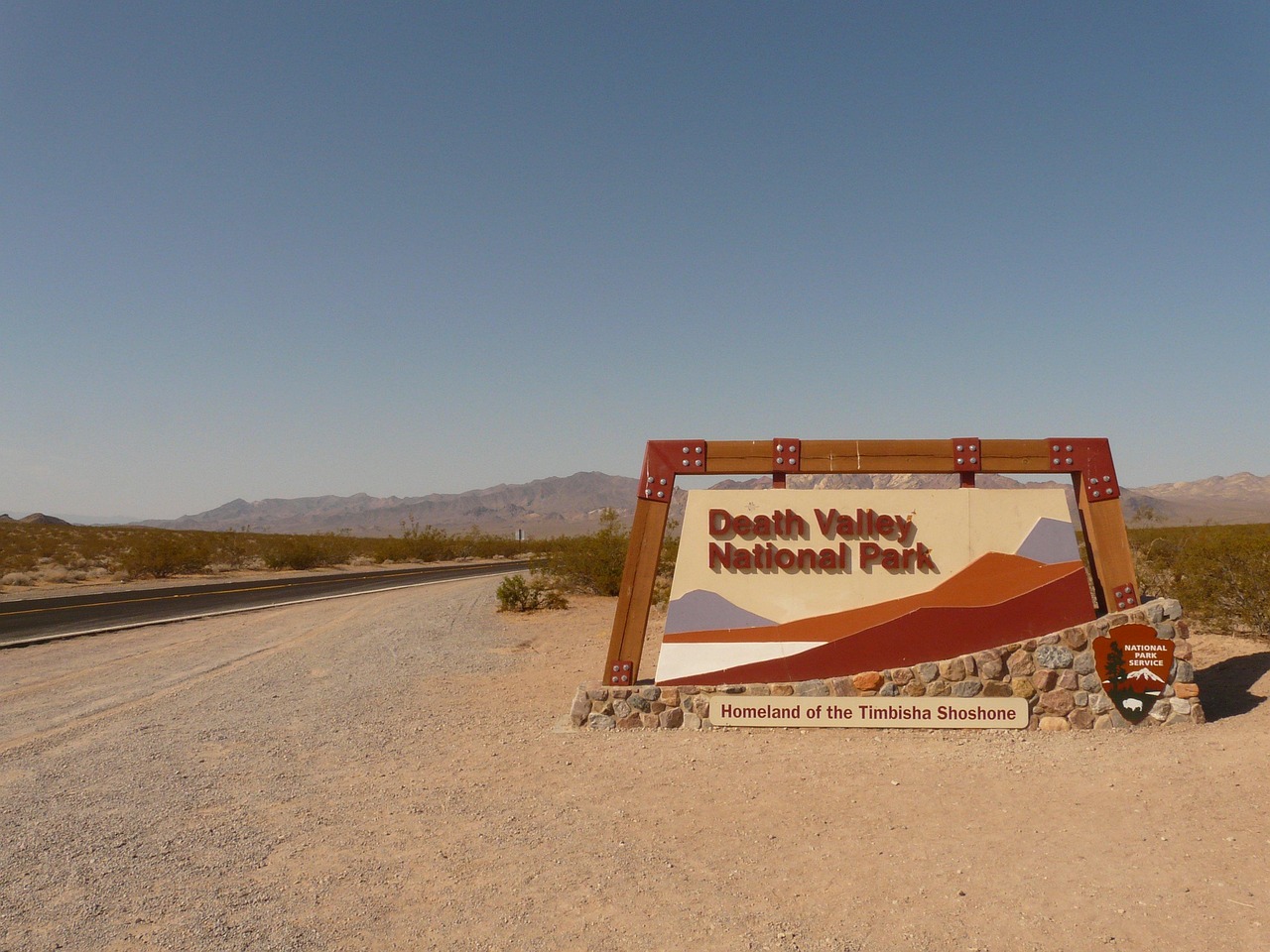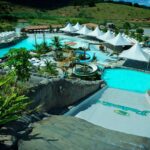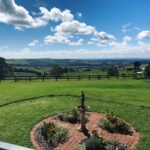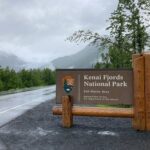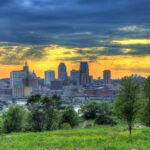Quick Bits:
Death Valley National Park sits on the border of California and Nevada. This desert park is massive over 3.4 million acres making it the largest national park in the contiguous United States. Its name stirs curiosity and respect, shaped by fierce conditions, endless vistas, and vivid natural formations.
Though many know it for scorching heat and bone-dry basins, the region has immense depth. Ancient geology, ghost towns, and life adapted to harsh elements come together to tell stories etched in rock and wind. Despite the name, Death Valley is teeming with life coyotes, bighorn sheep, hummingbirds, and wildflowers all thrive here.
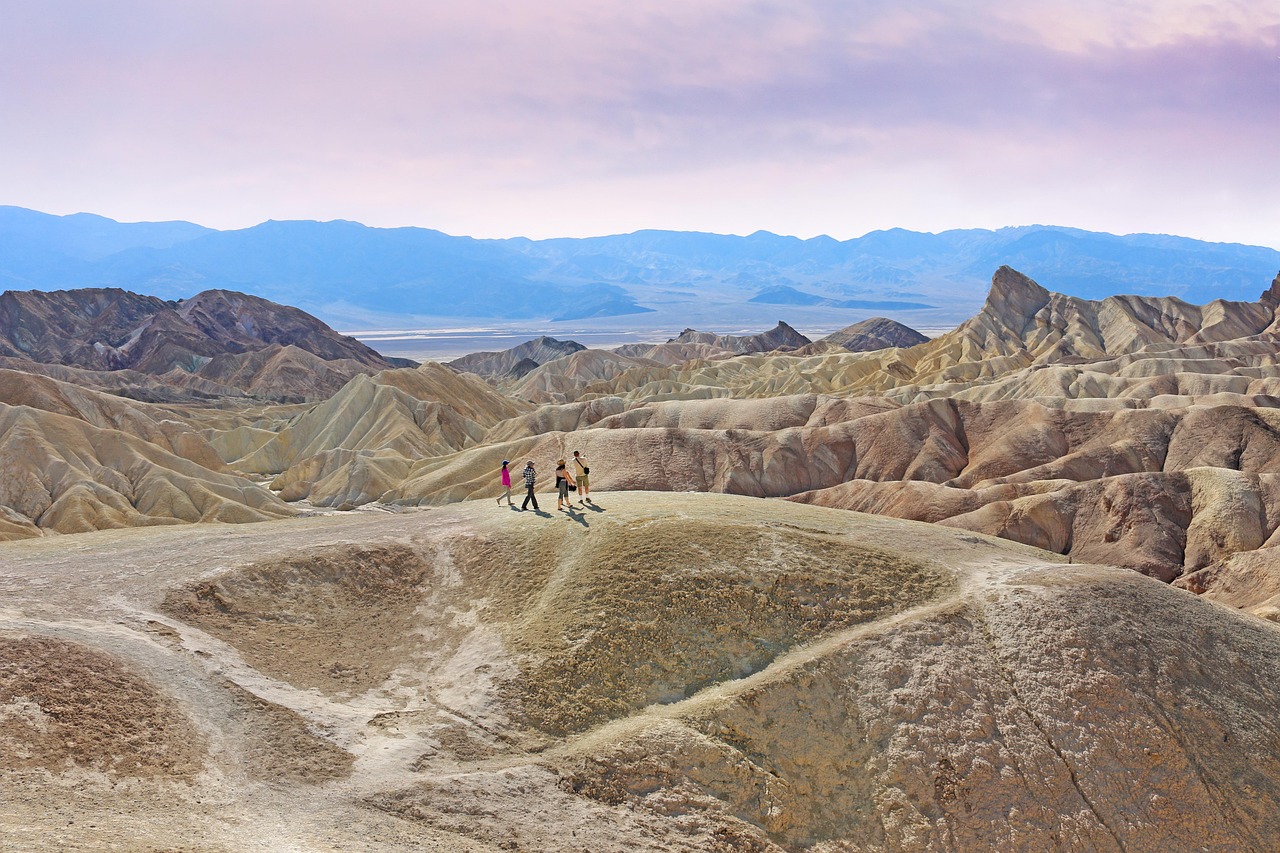
Image by: esudroff – Via Pixabay
Key Highlights
- Scorching Record: Holds Earth’s highest temperature ever recorded—134°F
-
Low Point: Badwater Basin sits at 282 feet below sea level
-
Diverse Terrain: Salt flats, canyons, craters, sand dunes, mountains
-
Night Skies: Certified Dark Sky Park ideal for astronomy and night photography
-
Wild Life: Home to bighorn sheep, desert foxes, lizards, and seasonal wildflowers
-
Geological Showcase: Vibrant mineral colors and volcanic features across the park
-
Historic Footprints: Mining ruins, ghost towns, and ancient petroglyphs
-
Endurance Hub: Site of the world’s toughest foot race—the Badwater Ultramarathon.
General Information
Death Valley National Park stretches across southeastern California and into southwestern Nevada. It covers more than 3.4 million acres, making it the largest national park in the contiguous United States. This park is managed by the National Park Service and preserves a region known for extremes in both elevation and temperature.
The park’s main gateway is the Furnace Creek Visitor Center. It provides exhibits, maps, and ranger guidance for newcomers. Paved and unpaved roads wind across the park, offering access to famous sites and remote backcountry.
Despite its harsh name and reputation, Death Valley pulses with subtle life. Adapted flora and fauna have carved out existence in its canyons, springs, and shady slopes. Historical remnants such as charcoal kilns, rusted mining gear, and 19th-century homesteads dot the landscape, providing a glimpse into human survival in this unforgiving terrain.
Nearby towns such as Beatty, Pahrump, and Lone Pine serve as convenient bases with lodging and supplies. Inside the park, Furnace Creek, Stovepipe Wells, and Panamint Springs offer lodging, fuel, and dining. There are also nine designated campgrounds for those eager to sleep beneath vast desert skies.
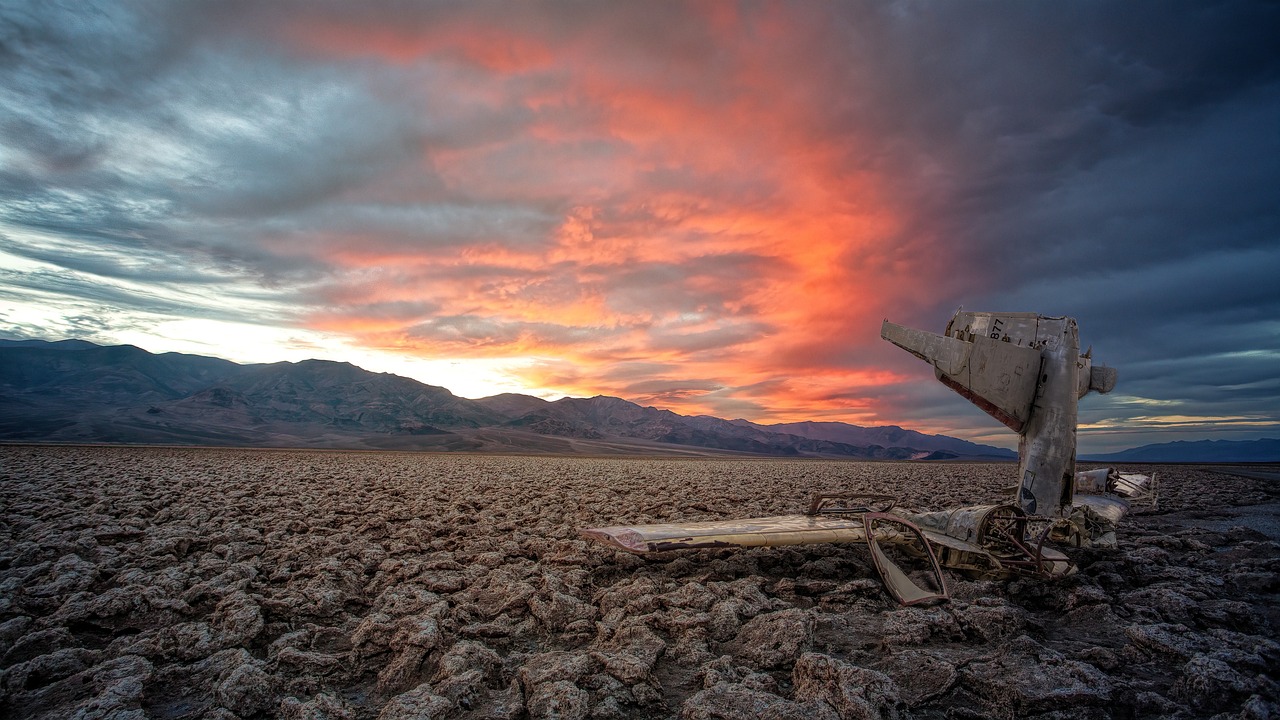
Image by: jplenio Via Pixabay
Geography Information
Death Valley National Park rests in the Mojave and Colorado deserts. It holds the lowest point in North America—Badwater Basin—at 282 feet below sea level. It also includes Telescope Peak, which rises over 11,000 feet high, showing the full drama of vertical elevation in one park.
The park’s landscape reveals an ancient geological story. Millions of years of tectonic shifts, volcanic eruptions, and erosion carved canyons, salt flats, craters, dunes, and rock layers into surreal shapes. This natural museum of time displays vibrant bands of red, purple, green, and yellow minerals.
The valley’s floor is mostly below sea level, making it an inland drainage basin. Flash floods can sweep through narrow canyons, while vast alluvial fans spread across valley edges.
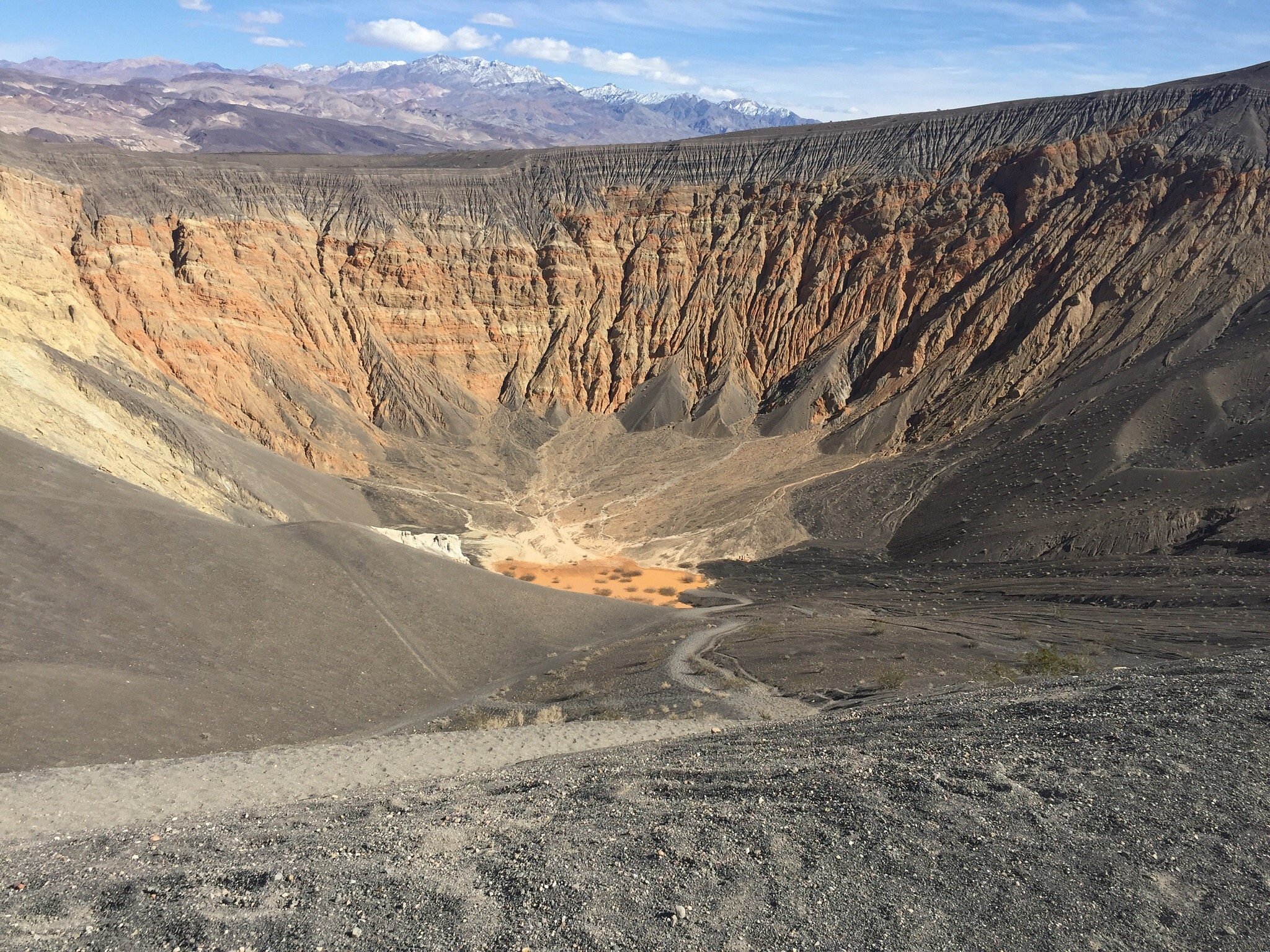
Image by: northernneckinn – Via Tripadvisor
Places to Visit
1. Badwater Basin
The iconic salt flat. Walk across the white crust and feel the silent stillness of a place lower than the sea. On clear days, Telescope Peak reflects across the salt.
2. Zabriskie Point
A must-see at sunrise. Its layered hills of yellow and red create a view that painters would envy.
3. Dante’s View
High above the valley, this overlook offers a full panorama. Great for photography, sunsets, or a cool breeze in summer.
4. Mesquite Flat Sand Dunes
Near Stovepipe Wells. Golden sand sculpted by the wind, ideal for early-morning walks. Footprints fade fast, leaving waves of soft curves.
5. Artist’s Drive and Palette
A one-way scenic road through volcanic hills stained in surreal colors. Stop at Artist’s Palette to see splashes of green, pink, and purple.
6. Ubehebe Crater
Half-mile wide and almost 800 feet deep. This volcanic feature shows how violent the earth can be beneath the surface.
7. Scotty’s Castle (currently under restoration)
Though closed for repairs, the history here is fascinating. A mix of fact and fiction surrounds this desert mansion.
8. Golden Canyon Trail
A hike into tight narrows and golden walls. Best done early or late in the day to beat the heat.
9. Mosaic Canyon
Polished marble narrows and sculpted rock. Easy to moderate hiking depending on distance.
10. Furnace Creek Area
Hub of activity—lodging, food, museum, and the main visitor center. Offers a base for exploring the park.
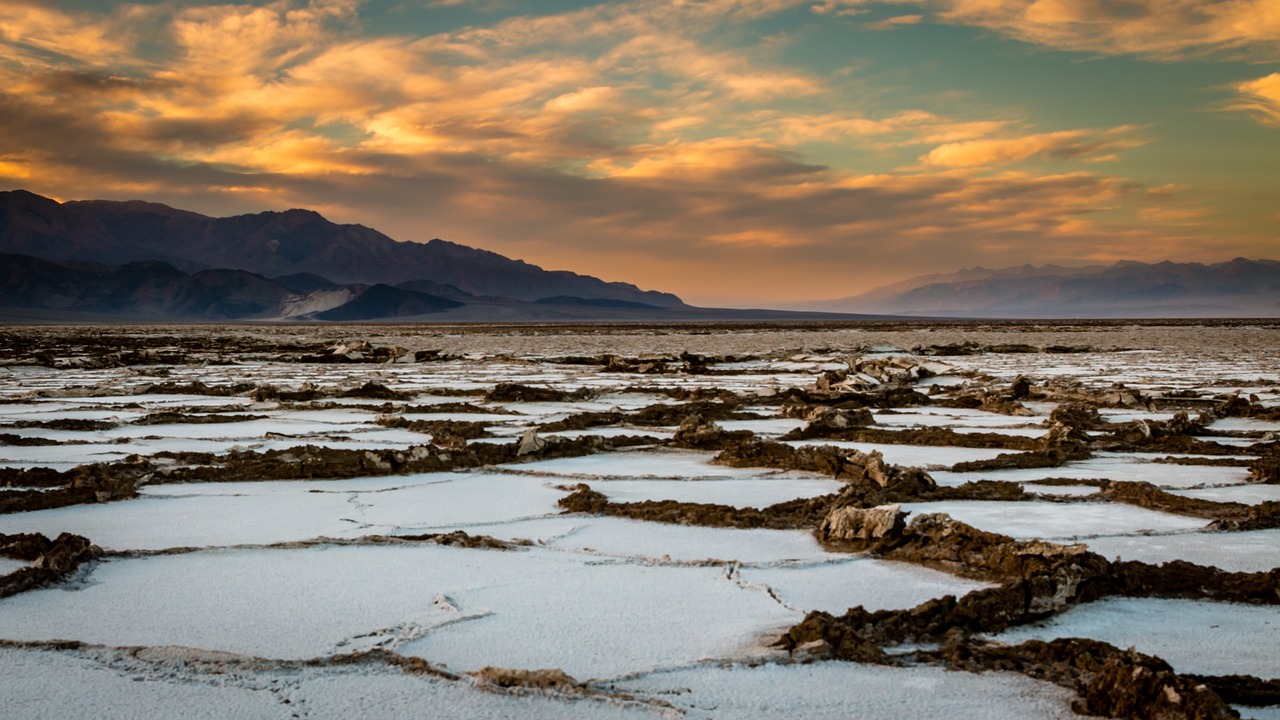
Image Via Pixabay
Yearly Climate
Death Valley National Park holds the record for the hottest temperature ever reliably recorded on Earth—134°F in 1913. Summer is harsh, with temperatures above 120°F common in July and August. Nights provide little relief, often staying above 90°F.
Despite the heat, the park sees cold winters. Highs drop to the 60s and 70s, and nights can dip to freezing, especially at higher elevations.
Rainfall is rare but can be dramatic. Thunderstorms in late summer may bring flash floods. Spring sometimes brings super blooms when rare rains coax desert wildflowers into bloom.
Seasonal Snapshot:
-
Spring (March to May): Ideal hiking weather, occasional wildflowers
-
Summer (June to August): Extreme heat, best for stargazing or quick sightseeing from a car
-
Fall (September to November): Pleasant weather returns, fewer crowds
-
Winter (December to February): Cool days, chilly nights, snow on high peaks.
Best Time of Year to Visit
Late fall through early spring draws the most visitors. From November to March, days are cooler, ranging from the mid-60s to 80s. This makes hiking, camping, and sightseeing comfortable. December and January bring fewer crowds, offering quiet and solitude.
Spring is popular for those chasing desert blooms. Rain-dependent, these wildflower displays carpet the valley floor in yellows, pinks, and purples when conditions align.
Summer visits are possible, but only for the brave or well-prepared. Air-conditioned vehicles and water at every stop are essential. Many sites are still accessible by car, and sunrise or dusk trips can be rewarding.
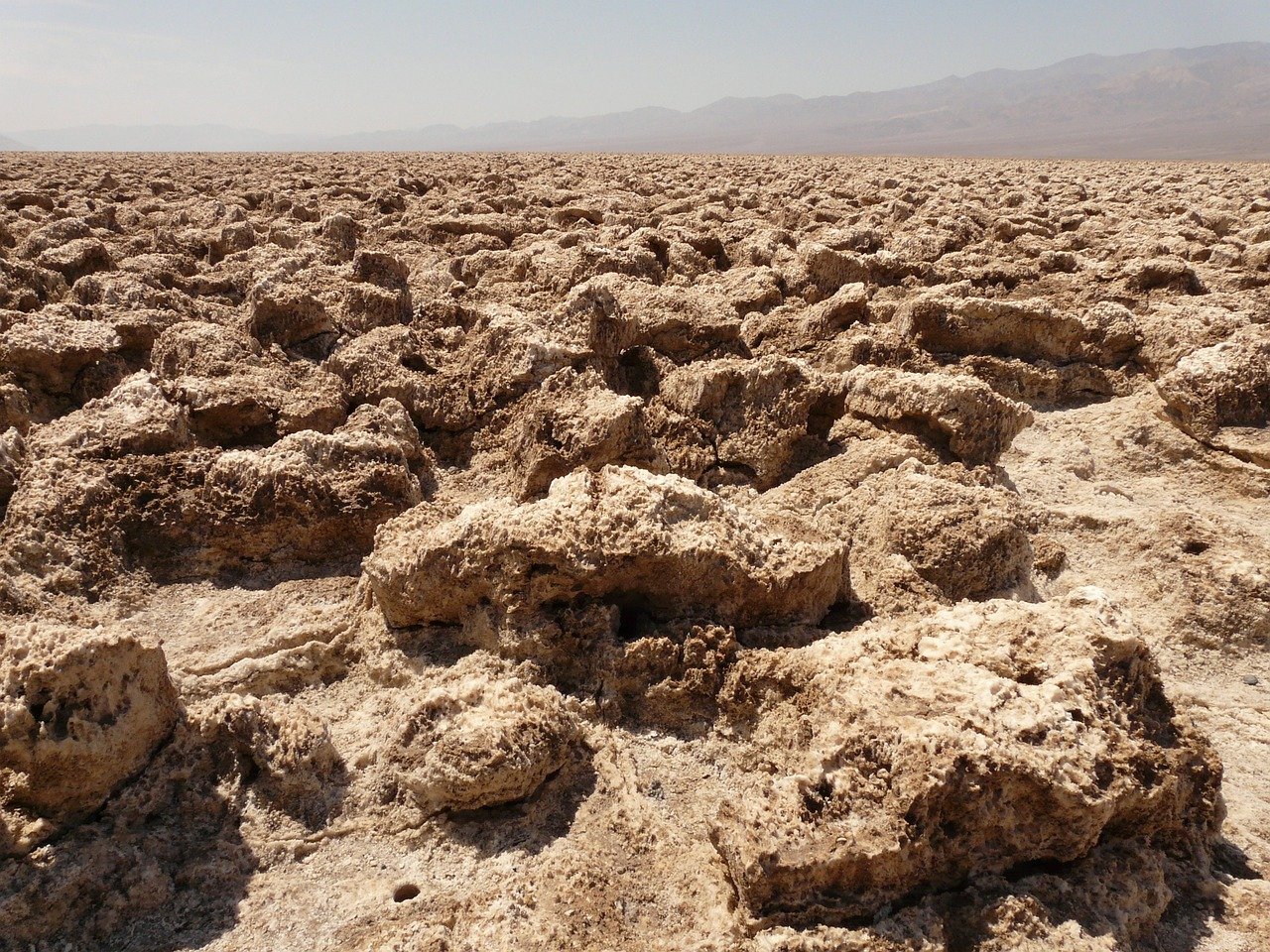
Image by: LoggaWiggler – Via Pixabay
In Summary…
Death Valley National Park stands as a monument to extremes. It is a place where desert silence reigns, and geology paints in fire and shadow. This park draws adventurers, photographers, history buffs, and stargazers alike. Whether marveling at the salt flats or watching a sunset from Dante’s View, every moment in this park echoes with a story millions of years in the making.
With wide-open skies and stone-carved beauty, Death Valley reveals how a harsh land can inspire wonder.

